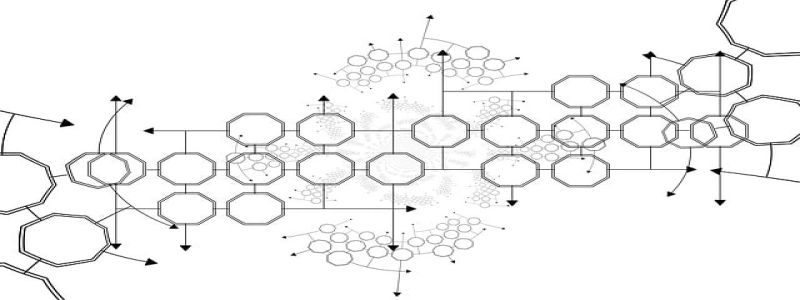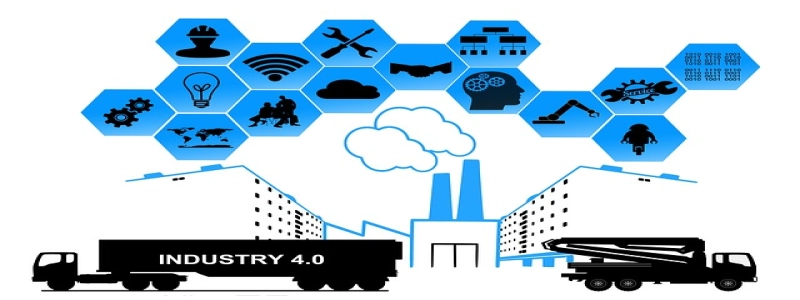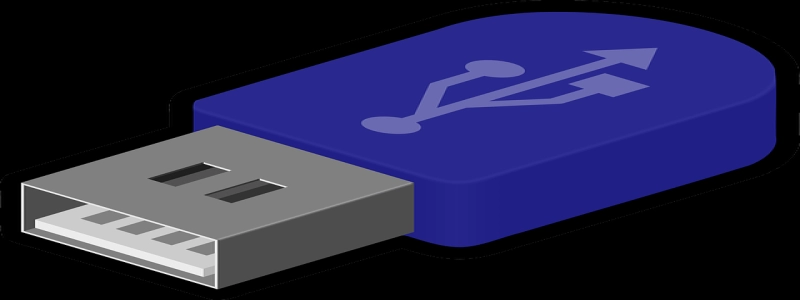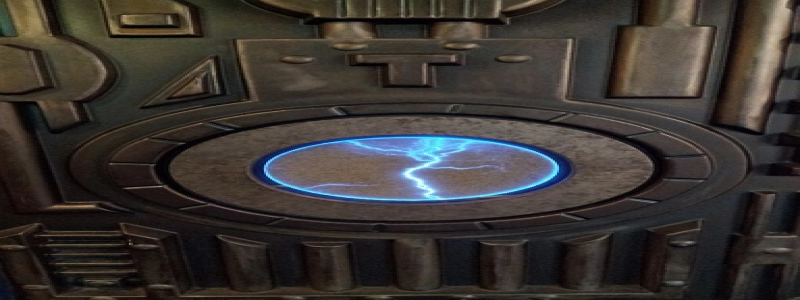Cost of Laying Fiber Optic Cable
I. Introduction
In today’s connected world, the demand for high-speed and reliable internet connections is ever-increasing. To meet this demand, the installation of fiber optic cables has become a crucial aspect of modern infrastructure development. However, the cost associated with laying fiber optic cables is a significant consideration for service providers and governments alike.
II. Factors Affecting the Cost
A. Distance: The length of the fiber optic cable required for a particular project is a major factor influencing the overall cost. The longer the distance, the more cable material is needed, leading to higher expenses.
B. Terrain: The topography of the area in which the cables are to be laid plays a role in determining the cost. Difficult terrains, such as mountains or marshlands, require specialized equipment and additional labor, resulting in increased expenses.
C. Existing Infrastructure: The presence of existing infrastructure, such as roads, buildings, or underground utility lines, can affect the cost. If the fiber optic cables need to be installed alongside or beneath these structures, careful planning and coordination are necessary, adding to the overall expenditure.
III. Material Costs
A. Fiber Optic Cable: The cost of the fiber optic cable itself depends on various factors, such as the type of cable, the number of fibers, and the quality. Single-mode cables, which transmit data over longer distances, are generally more expensive than multi-mode cables used for shorter distances.
B. Conduit and Ducts: In some cases, cables are installed within conduits or ducts to provide protection and easy access for maintenance. These additional materials contribute to the overall cost of the project.
IV. Labor and Equipment Costs
A. Installation Labor: Trained technicians are required to lay, splice, and terminate the fiber optic cables. The size of the project and the complexity of the installation process determine the number of skilled workers needed, leading to labor costs.
B. Specialized Equipment: To lay fiber optic cables, specialized equipment such as trenching machines, fiber blowing machines, and fusion splicing machines are essential. The rental or purchase of this equipment adds to the overall project cost.
V. Permitting and Regulatory Costs
A. Permits: Before commencing any fiber optic cable installation, obtaining the necessary permits from local authorities is crucial. Depending on the jurisdiction, permits may come with fees, contributing to the overall project cost.
B. Environmental and Regulatory Compliance: Compliance with environmental regulations and safety standards is a mandatory requirement. Costs associated with conducting environmental impact studies, ensuring worker safety, and adhering to government regulations can significantly impact the total expenditure.
VI. Conclusion
The cost of laying fiber optic cable involves a multitude of factors, spanning from material costs to labor and regulatory expenses. Service providers and governments must carefully evaluate these factors before embarking on fiber optic network deployments. While the initial costs might seem substantial, the long-term benefits of high-speed internet connectivity make it a worthwhile investment for individuals, businesses, and governments striving for digital transformation and economic growth.








